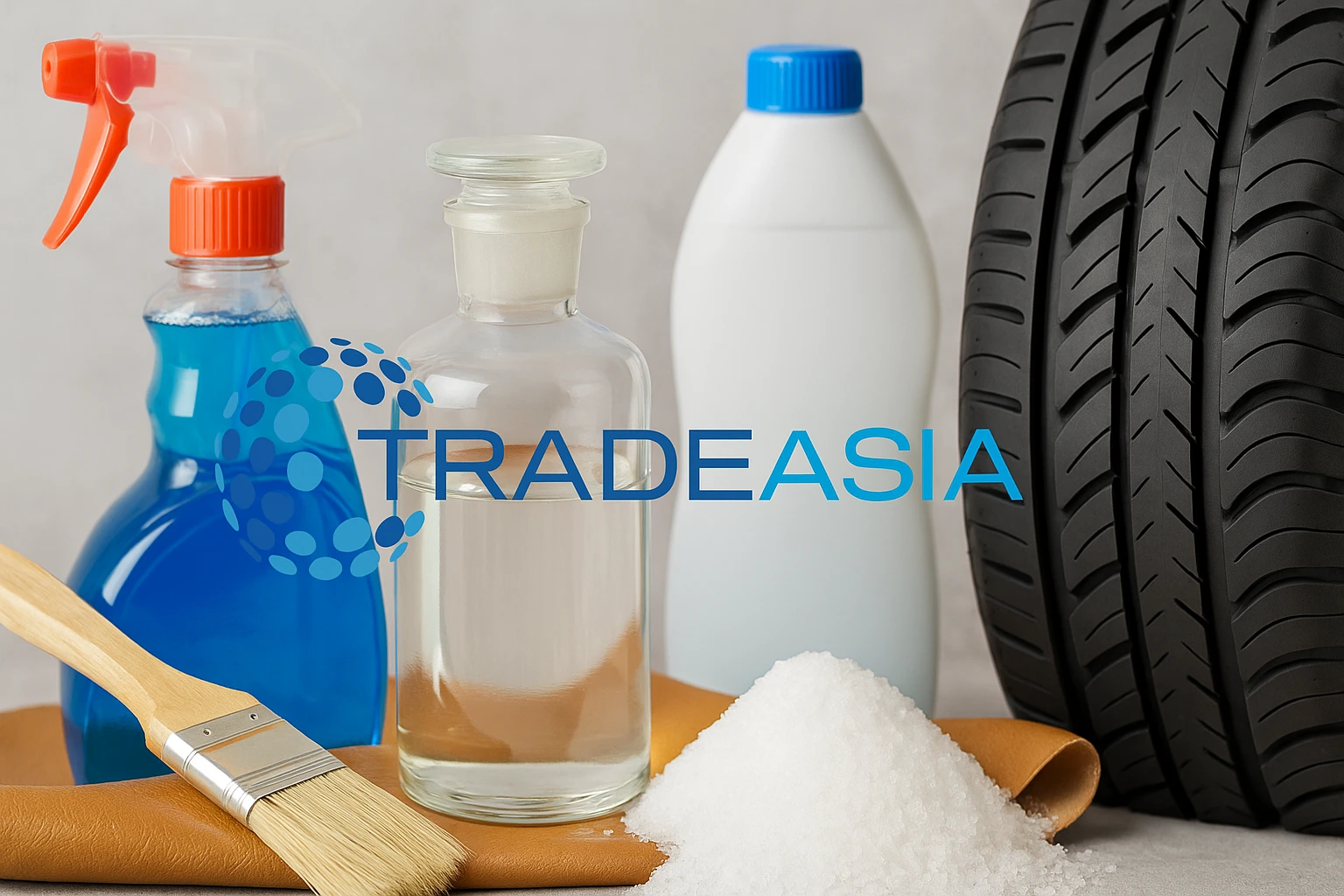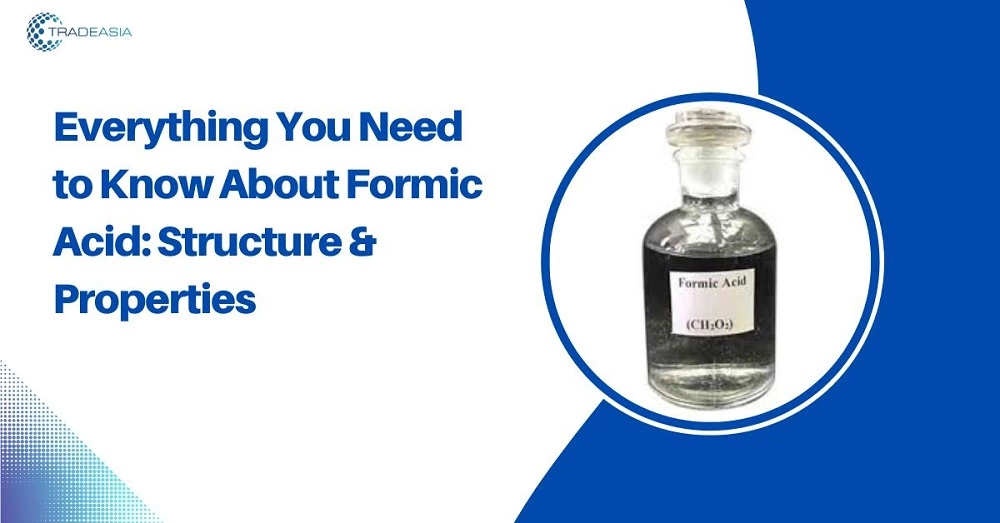1. Understanding the Global Surge in Demand
Formic acid (HCOOH) is expected to see a compound annual growth rate (CAGR) of over 5.6% globally by the end of 2025, driven by expanding use across agricultural, leather, textile, and rubber industries. According to a recent market analysis published in Research and Markets (2024), Asia-Pacific remains the largest consumer, especially due to growth in livestock preservation and textile dyeing.
Tradeasia has already reported a 15% year-over-year increase in client inquiries for formic acid 85%, particularly from India, Indonesia, Turkey, and Saudi Arabia.
The Journal of Cleaner Production confirms that formic acid’s biodegradability and low toxicity make it a favorable replacement for harsher acids in sustainable industrial applications (Elsevier, 2023).
2. Agriculture and Livestock Sectors Lead the Growth
The livestock industry uses formic acid to extend the shelf-life of silage and animal feed, inhibit microbial growth, and lower the pH of drinking water. With increased protein demand and intensified farming practices in 2025, this usage has soared.
Tradeasia’s animal nutrition and feed additive segment has observed consistent volume growth in orders from Vietnam, Bangladesh, and Egypt.
A recent EFSA panel on additives reports that formic acid enhances feed hygiene and reduces pathogens in animal intestines (EFSA Journal)—supporting its expanding application across the globe.
3. Demand in Leather, Textile & Industrial Use
In the leather industry, formic acid plays a critical role in pH adjustment during pickling and tanning. Tanneries rely on its controlled acidification, especially as they aim to reduce their carbon footprint by replacing mineral acids.
Tradeasia’s leather application chemicals page details how formic acid improves hide softening and enables more consistent chrome tanning.
In textiles, formic acid is used as a dye-fixing and leveling agent, allowing for more vibrant and uniform coloring. As sustainability pressure mounts on dye houses, the use of formic acid for low-COD textile processing is increasing.
4. Supply Chain Volatility and Price Pressures
Due to increased consumption, formic acid prices have risen by 20–30% globally from Q4 2024 to Q2 2025. This has been driven by raw material shortages (CO and methanol), stricter Chinese production quotas, and rising logistics costs.
Tradeasia notes that chemical buyers often underestimate lead time and MOQ issues when demand spikes unpredictably.
According to GM insight, disruptions in China and India—major producers of formic acid—have put pressure on buyers to diversify sourcing and increase buffer stock (GM Insight).
5. How to Secure Reliable Bulk Supply
To mitigate these risks, companies must establish forward supply contracts, qualify multiple suppliers, and work with integrated distributors. Early forecasting, documentation readiness (COA, MSDS), and import compliance are essential in navigating high-demand quarters. Buyers can explore standard and customized packaging, including IBCs and drums.
More information is available on Tradeasia’s bulk chemical procurement guide.
6. Why Tradeasia Is the Preferred Partner
Tradeasia International has over 20 years of experience distributing chemicals globally. As a direct distributor of formic acid 85% and 90%, Tradeasia ensures:
-
Verified manufacturer compliance
-
COA/MSDS + REACH documents
-
Regional warehouse fulfillment
-
Flexible MOQs for new buyers
Explore product specs and documentation or contact our team to learn about Q3 pricing options and availability.
7. Conclusion: Stay Ahead of the Curve
As 2025 progresses, formic acid will continue to be a cornerstone ingredient across industries. From farms to dye houses and tanneries, the demand will only grow—making sourcing agility and supplier reliability more crucial than ever.
Let Tradeasia help you navigate chemical volatility with confidence.
Reference Summary
-
https://efsa.onlinelibrary.wiley.com/doi/full/10.2903/j.efsa.2020.6118
-
https://www.sciencedirect.com/journal/journal-of-cleaner-production
-
https://www.gminsights.com/industry-analysis/formic-acid-market
-
https://www.researchandmarkets.com/


Leave a Comment